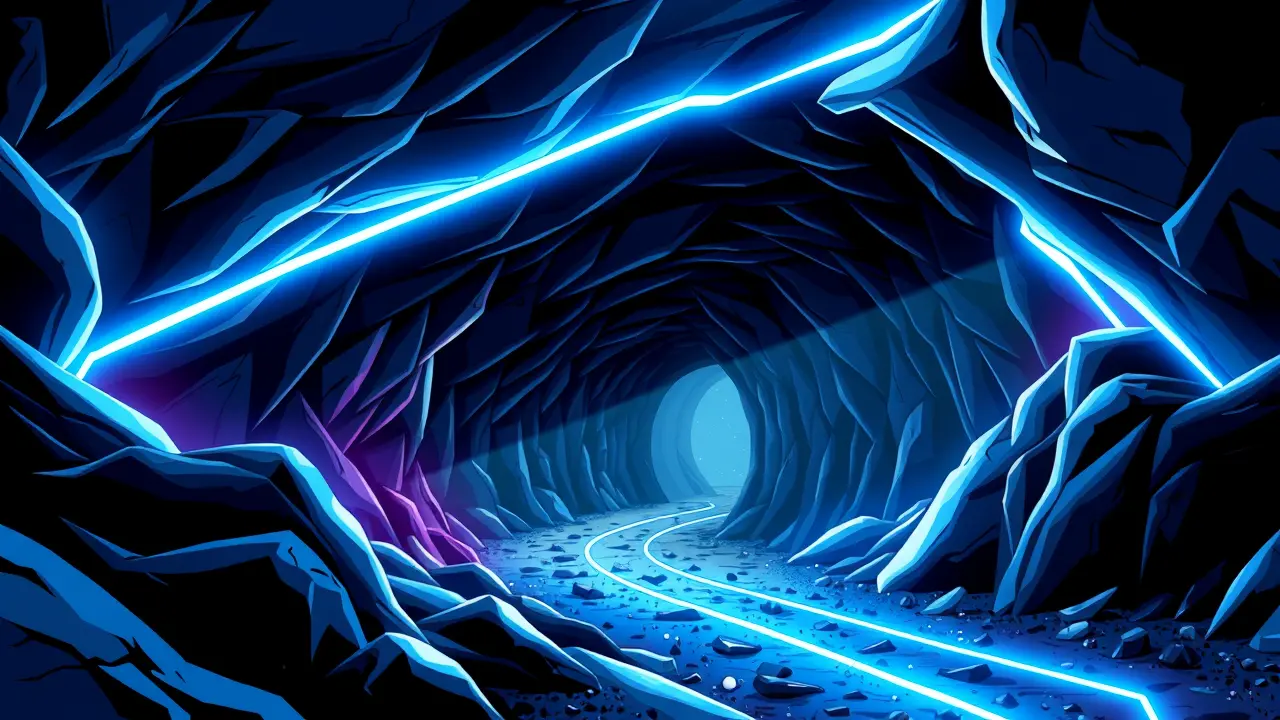Secret Migrant Tunnels Found at EU Borders in Poland and Hungary.
The discovery of a clandestine tunnel under the Polish-Belarusian border by officers of the Podlaskie Border Guard this past Friday represents more than a simple breach of sovereign territory; it is a stark indicator of a rapidly escalating, multi-front subterranean war being waged at the periphery of the European Union, with a nearly identical tactic simultaneously emerging along Hungary's borders. This isn't a series of isolated incidents but a coordinated, sophisticated shift in migration tactics that mirrors historical siege warfare, where adversaries probe for the weakest points in a fortress's defenses.The geopolitical calculus here is chillingly clear: state actors, notably Belarus in what the EU has rightly condemned as a form of hybrid warfare, are weaponizing human desperation, employing these tunnels as strategic tools to test and strain the resolve and resources of the bloc's frontier nations. The immediate operational risk is severe—each tunnel is a blind spot, a conduit not just for migrants but potentially for contraband, illicit arms, and operatives whose intentions are far more sinister than seeking asylum, creating a direct challenge to the Schengen Area's foundational principle of internal free movement.Looking at the scenario through a risk-analysis lens, the probability of these events escalating is high. We are likely seeing only the tip of the iceberg; for every tunnel discovered, several more may remain undetected, a silent, spreading network beneath our feet.The consequences cascade inward: a failure to comprehensively secure these land borders will inevitably lead to increased political pressure on governments in Warsaw and Budapest, fueling the narratives of nationalist parties and forcing a more permanent, militarized posture that could fundamentally alter the character of the EU's eastern flank. This development necessitates a scenario-planning exercise.In a low-probability, high-impact scenario, a successful large-scale, coordinated breach via multiple tunnels could create a crisis of legitimacy for Frontex and trigger emergency Article 78(3) TFEU measures, allowing for the mandatory relocation of asylum seekers—a political powder keg. Alternatively, the more likely scenario involves a protracted cat-and-mouse game, driving up the costs of border surveillance through advanced ground-penetrating radar and seismic sensors, while simultaneously pushing the criminal networks orchestrating these passages to innovate further, perhaps employing deeper, more technologically advanced boring equipment. The discovery in Poland and Hungary is not an endpoint; it is a critical data point in a worsening risk landscape, signaling that the defenses we have built above ground are no longer sufficient, and the next major border crisis may well be unfolding in the dark, silent world beneath our feet.
It’s quiet here...Start the conversation by leaving the first comment.
© 2025 Outpoll Service LTD. All rights reserved.
